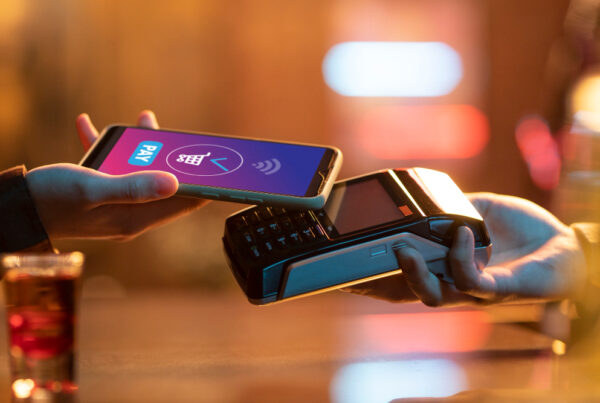It’s no secret that customer experience is a critical factor for business success in today’s digital age. It’s time CSPs position themselves at the front of the field and take aim at not only in providing network speeds, but also in delivering the personalized digital customer experience. CSPs must bring their A-game to win today’s and tomorrow’s customer experience battles.
Why Now?
Meet Tanya, a middle-aged working woman. After months of lockdowns, she lands in London for a two-week vacation. She switches on her phone and gets a message saying she’s on roaming, and is offered a cost-effective package for the duration of her stay, rather than paying the full pay-per-use roaming cost. She immediately switches to the new package. After returning from the holidays, she’s renewing the annual plan on her operator’s site, when a banner appears for a more personalized plan. Also, she sees the upgrade option to switch to the latest iPhone for herself. Bingo! . “Wow, they’ve put together exactly what I need,” she thinks.
Tanya is symbolic of the new consumer, who wants products and services to flow smoothly into their lives when they need them. This entails a seamless experience from onboarding and instant provisioning of compelling offers, to delivering enhanced self-service and support to resolve queries, subscription renewals, billing actions, and more. Customers are swapping out brand loyalty to know they’re getting ‘the best’ product or service. For 1/3 of adults, a single poor customer experience is enough for them to consider switching brands. Customers like Tanya won’t wait for days to get their requests resolved. Either you meet their expectations in real-time or be prepared to lose them.
The opposite is equally true. According to Forrester’s Customer Experience Index, an increase of just 1 point in the customer experience index would result in a $3.39 increment in the Average Revenue Per Unit (ARPU) within the highly competitive telecom industry. Winning new customers is harder and more costly than retaining existing ones. Effective personalization can reduce churn rates in the industry by 20%. This means even a modest reduction in churn represents tens of millions of dollars in savings. It doesn’t get any clearer than that.
What are the Challenges?
For decades, CSPs followed the theory of ‘why fix what’s not broken?’ This approach led to the accumulation of outdated legacy infrastructure, which is expensive to upgrade and slow to meet the demands of digital business provision. Legacy BSS is at the root of technical debt. Modernizing legacy BSS is critical for CSPs to adopt new business models and deliver the experience customers have come to expect.
Successful CSPs have shifted most of their BSS structures away from traditional monolithic deployments to address technical legacy woes. One of the largest European multi-play service providers, serving roughly 50 million customers across various lines of business, was struggling with siloed operations. As a result of multiple acquisitions, their IT solutions were deployed across multiple lines of the business without any synergy between them. This resulted in a sub-optimal customer experience, and business processes with inconsistent branding and products. Moreover, creating new service propositions was a challenge. Even individual products and service offerings required a long time to market because back-end IT systems did not provide flexibility. The company deployed an omnichannel, multi-play solution on top of its existing legacy infrastructure, creating a single sales environment. This helped accelerate the sales process, reduce errors, and create a superior customer experience. The company employed a single consistent sales process for all service lines, and gained more than 50% savings in average handling time.
A Watershed Moment for CSPs
The battle for customer acquisition and retention has become fierce within the industry. With more choices than ever, tremendously low switching costs (especially when they’re free), and universal access to new services, it is the experience that makes customers stick. It’s also important how you approach this challenge: many CSPs have replaced their internal BSS, believing that the new system will solve their problems. Whilst this rip-and-replace approach is one way to modernize, it’s costly, complex and usually takes years to complete.
CSPs need a more practical approach to modernizing their BSS. An excellent way to start would be by reviewing the current state of customer experience. Ask yourself: Where is the customer experience falling short of customer expectations? How can we make the customer journey easier, and what would accelerate the process? Answers to these questions will help CSPs adopt an incremental and holistic approach to BSS modernization instead of reinventing the wheel. When done right, it creates a huge competitive advantage. Are you ready for the digital customer experience battle?






